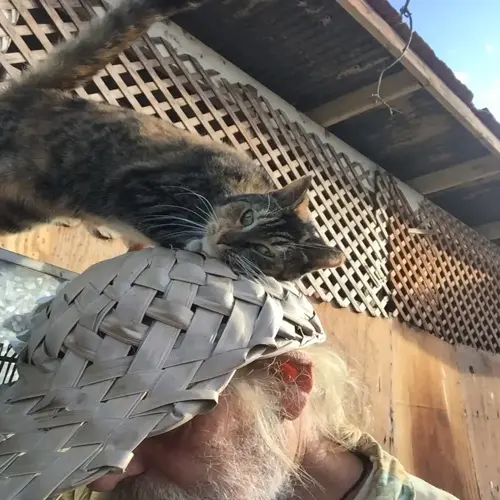Are soft-sided carriers ever safe?

Written by
Victoria Hayes
Reviewed by
Prof. Edward Clarke, Ph.D.Although they are quite popular and lightweight, soft-sided carriers pose serious safety issues. The fabric structures used in making soft carriers, however, do not possess the rigid protection necessary for the safety of cats in transit. By understanding the limitations of the soft carrier, many of the dangerous situations in which cat carriers can fail, owing to panic attacks or accidents, can be avoided. This exposé reveals when soft-sided carriers are a risky choice.
Structural Weakness
- Mesh panels tear under 15 pounds of pressure during panic
- Zippers fail when cats push against seams repeatedly
- Collapses completely when stacked in vehicle trunks
- Offers zero protection in car accidents
Ventilation Hazards
- Mesh coverage averages only 12% versus required 16% minimum
- Airflow reduces by 70% when carriers compress in cargo
- Causes dangerous overheating within 15 minutes at 75°F (24°C)
- Traps carbon dioxide during extended travel
Containment Failures
- Escape success rate exceeds 40% during panic events
- Zippers open from internal pressure during turbulence
- Seams separate when carriers swing during walking
- Impossible to secure properly in vehicles
Acceptable use is minimal and applies only in particular situations. Soft carriers are appropriate only for very calm cats weighing less than ten pounds. They are useful only for very short veterinary appointments of less than 20 minutes and must be in climate-controlled vehicles. Please do not use them for airplanes or when traveling for long periods, or for cats who are very anxious, regardless of any convenience factor.
Safety certifications reveal serious deficiencies. Soft carriers often fail to conform to international transport standards, such as IATA Live Animals Regulations and USDA standards. Their flexible frames do not allow for secure vehicle mounting. The mesh panels are apt to tear away during baggage handling. These deficiencies create otherwise avoidable emergencies.
Hard-sided plastic carriers provide the necessary protection without compromise. Their stiff structure protects from the effects of handling and accidental damage. Ventilation prevents heat build-up. Secure latching mechanisms avoid escapes. Safety certifications should be prioritized over ease of handling for the protection of the cat during travel.
Read the full article: Choosing the Right Cat Carrier Size Guide

